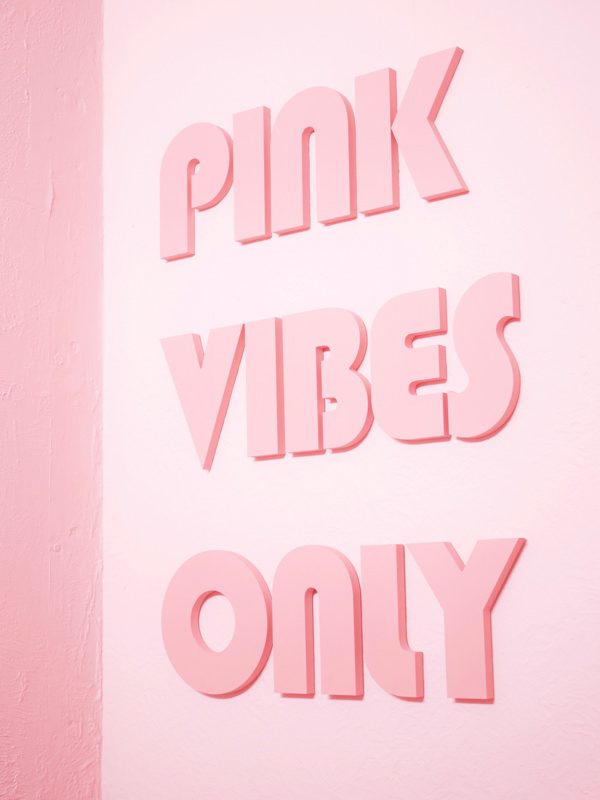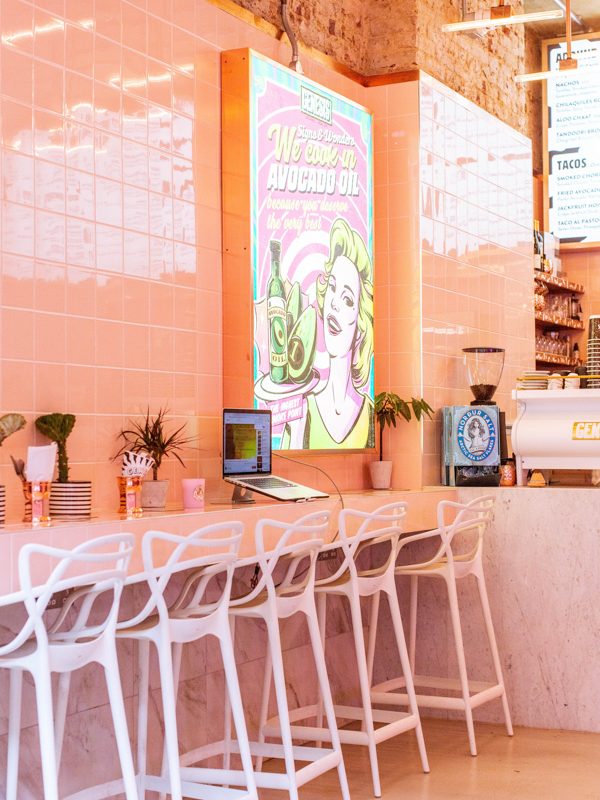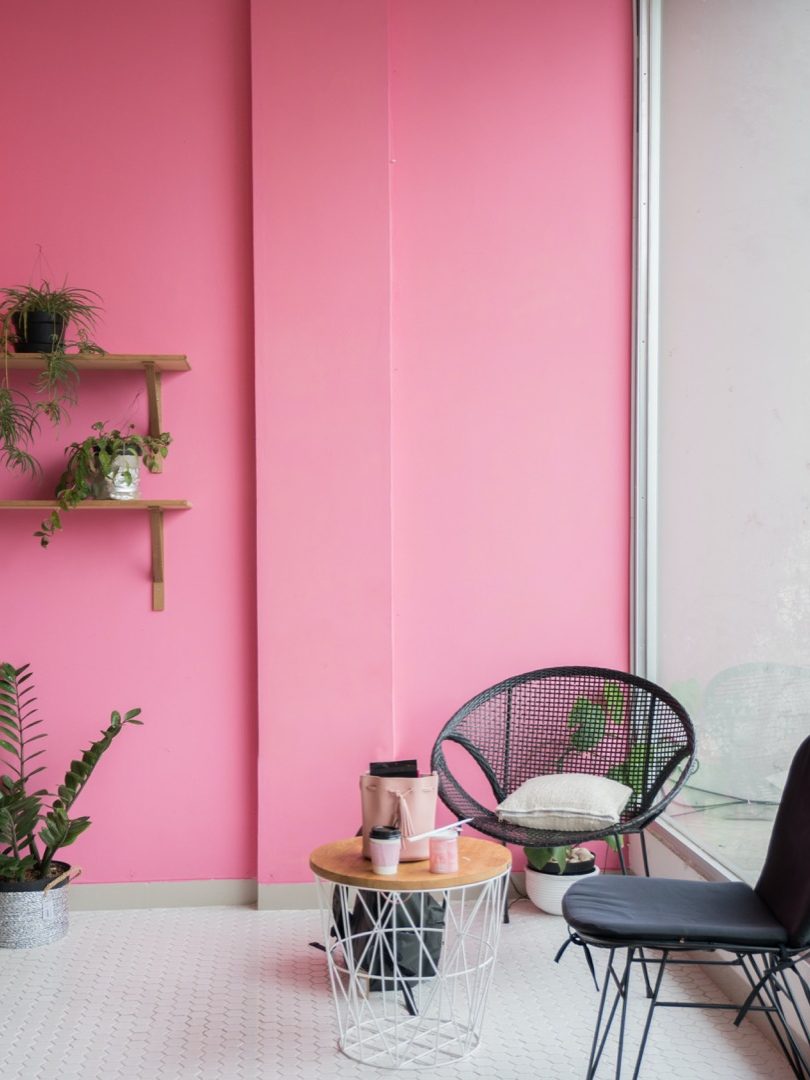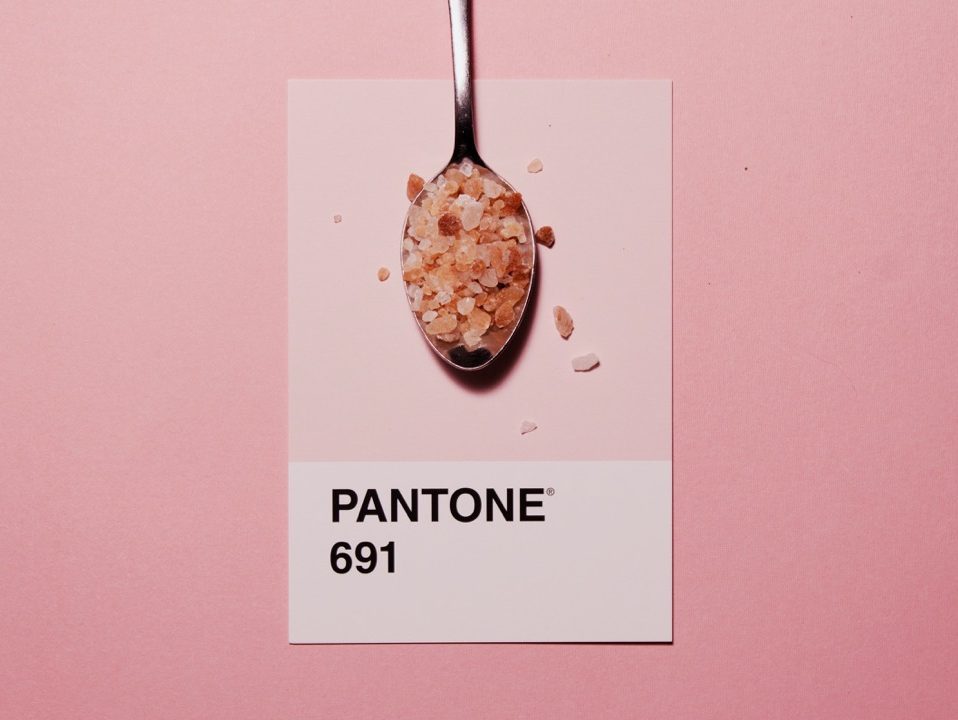
The popularity and cultural meanings of pink have evolved over time in a way that is distinct from other colors.
Popular use of the color pink in fashion and design has an interesting history, it’s a color that can evoke different images depending on the viewer. Some may think of beautiful Barbie in her bright pink dress and heels, cruising along in her bright pink convertible. Others may think of the legendary Elvis Presley in his iconic bubblegum pink Cadillac. Personally, I can’t forget the iconic film Mean Girls, and the quote “on Wednesdays we wear pink!”, or the color’s association with survivors and victims of breast cancer. It’s fascinating to see how far the color pink has come, and the history behind it that has led it to what it means in today’s society.

A History of Pink
In the 1700’s, aristocrats began wearing the color pink as a symbol of luxury and class. Clothing of the time incorporated light and powdery shades of pink as fashion statements. At this time, the color pink was not solely considered a “feminine” color. Infants generally wore white, however males typically wore tints of light pinks as it was considered “masculine” being a paler shade of red. Later on, around the mid-19th century is when pink began to become considered “feminine”. In this period of time, western European and American men gradually began wearing darker colors, leaving the lighter shades for the women. The color pink became an expression of delicacy.

By 1950, pink was more gendered than ever. Advertising and marketing in postwar America used pink to symbolize “hyper-femininity”. This set in stone the stereotype that “blue is for boys and pink is for girls”. During this period, discrimination against women was at a all time high, pink was typically looked down upon as an unserious color. Pink regained some of its appeal in the 1960s when celebrities such as Marilyn Monroe and Jackie Kennedy brought it back to life again as a color of luxury through their fame.
Contemporary Significance

Pink became a brand name as well as iconic color in the mid 2000s with the popularity of Victoria’s Secret pajamas, not to mention the forever memeable Mean Girls line. In the late 2010s, pastel “millennial pink” became a de facto color for designing trendy spaces, and was even Pantone’s color of the year in 2016 and Benjamin Moore’s color of the year in 2020. In the world of social media (specifically Instagram), pink is still a popular decorator's color. Today, pop culture plays a big role in embracing pink through fashion and music. Although it is still one of the most disliked colors by Americans today, pink has definitely made a mark on society, and its place in culture continues to evolve.

